Pulasan (Nephelium ramboutan-ake), a tropical fruit native to Southeast Asia, is known for its sweet, juicy flesh and resemblance to its close cousin, the rambutan. Despite being less globally recognized, pulasan is considered by many fruit connoisseurs to be even sweeter and more flavorful than rambutan. While it is grown in several tropical countries, one nation stands out as the world’s largest and most dedicated producer of pulasan—Malaysia.
In this article, we will dive deep into pulasan cultivation, explore why Malaysia is the top producer, highlight the regions where pulasan is grown, and uncover the cultural and economic significance of this rare fruit. We’ll also look at other countries involved in its production, the challenges the industry faces, and the future outlook for pulasan farming.
What Is Pulasan?
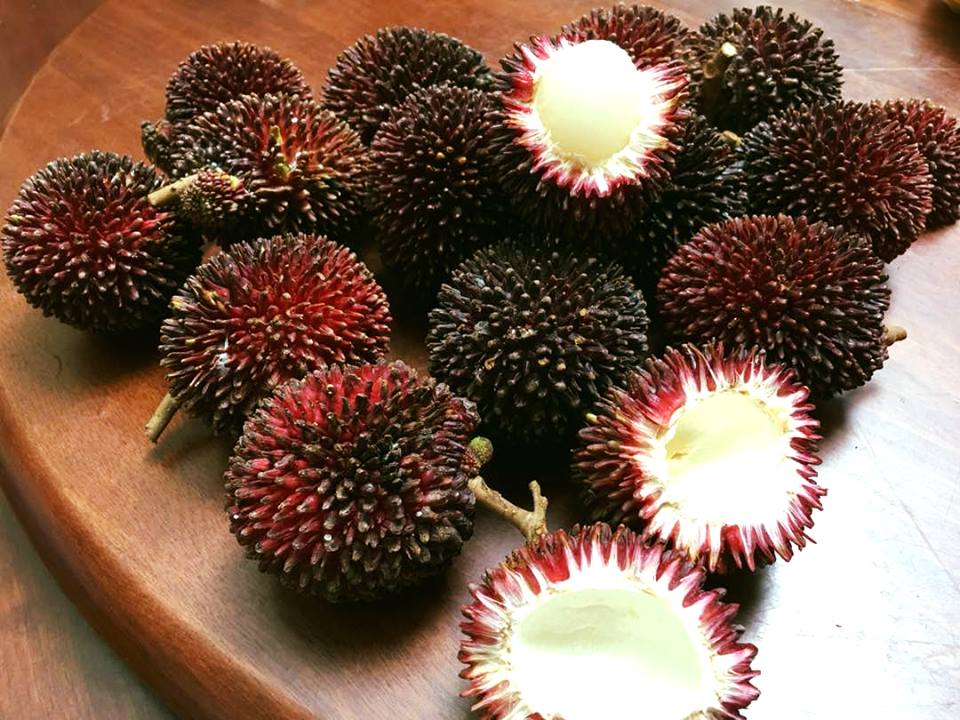
Pulasan is a tropical evergreen tree that produces round, reddish fruits with thick, spiny skin. Its name is derived from the Malay word “pulas”, meaning “to twist,” as the fruit is traditionally opened by twisting it apart. The white, translucent flesh is sweet, aromatic, and usually clings less to the seed compared to rambutan, making it a favorite among fruit lovers in Southeast Asia.
Pulasan trees thrive in hot, humid climates with rich, well-drained soil and require significant rainfall throughout the year. The tree can grow up to 15 meters in height and usually takes 4–6 years to start bearing fruit. Pulasan season typically runs from July to September in Southeast Asia.
Malaysia: The World’s Leading Pulasan Producer
Malaysia holds the title as the world’s largest producer of pulasan. The fruit is believed to be native to Peninsular Malaysia, and it remains an integral part of the country’s agricultural landscape and food culture. While pulasan is not as commercially widespread as other tropical fruits like durian or mango, it thrives in small-scale orchards, home gardens, and local farms.
Key Reasons for Malaysia’s Leadership:
- Native Origin: Pulasan originated in Malaysia, giving the country a natural advantage in terms of climate compatibility, genetic diversity, and traditional knowledge of cultivation.
- Ideal Climate: Malaysia’s hot, wet, and tropical weather supports pulasan growth year-round.
- Abundant Orchards: Though often not grown on a massive commercial scale, the sheer number of small orchards and village farms across the country contributes to Malaysia’s high pulasan output.
- Local Demand: Pulasan enjoys strong demand within Malaysia’s local markets due to its taste, affordability, and cultural ties.
Main Pulasan-Growing Regions in Malaysia
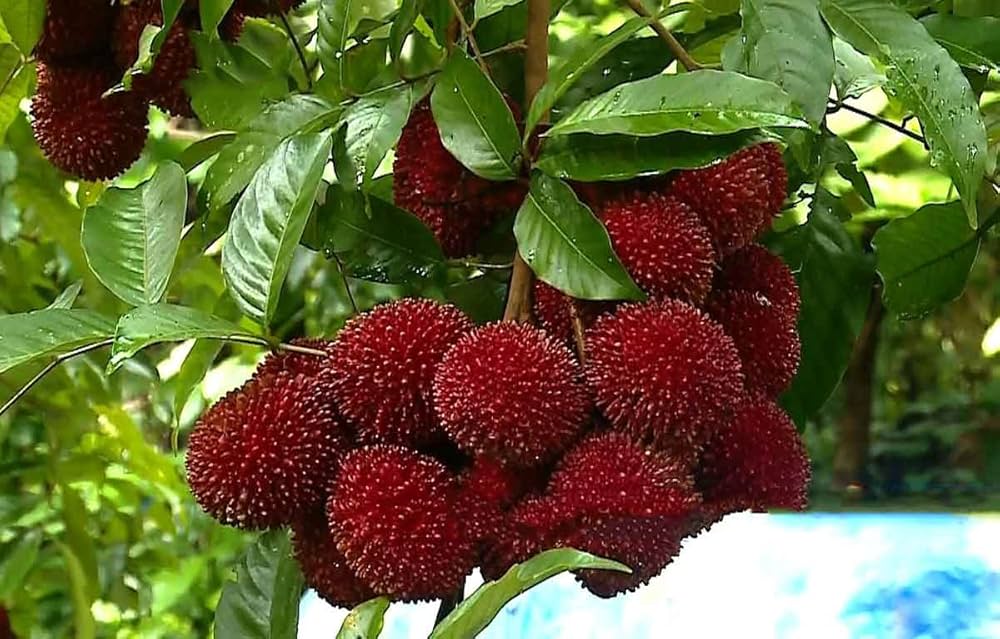
While pulasan is grown in several parts of the country, a few regions are especially known for their high-quality produce:
1. Kedah
Located in the northwest, Kedah has the perfect balance of rainfall and fertile land. Many family-owned farms grow pulasan alongside other fruits like durian and rambutan.
2. Perak
In central-west Peninsular Malaysia, Perak is another leading pulasan-producing state. The region is known for its biodiversity and is often a key supplier during peak fruiting seasons.
3. Selangor and Johor
These southern states also grow pulasan in smaller volumes, often supplying nearby urban centers like Kuala Lumpur and Singapore.
Farming Practices in Malaysia
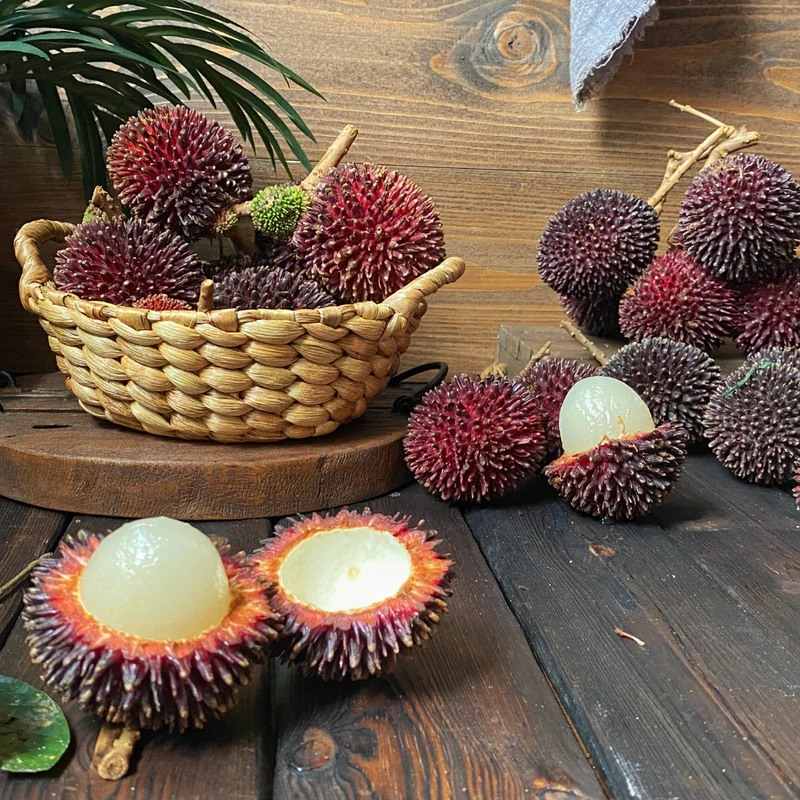
Pulasan is typically grown using traditional farming methods, though some farmers are adopting modern techniques to improve yield and quality. Here’s a glimpse into how Malaysian farmers cultivate this unique fruit:
- Propagation: Pulasan is often grown from seeds, but air layering and grafting are becoming popular for faster fruiting and consistency.
- Spacing: Trees are spaced widely (6–10 meters apart) to allow for full canopy development and ease of harvest.
- Soil Management: Rich, loamy soils with high organic matter are preferred. Farmers often use compost or fermented organic fertilizers.
- Pest Control: Natural pest deterrents such as neem oil or intercropping with herbs are used, as pulasan is relatively resilient.
- Harvesting: Fruits are hand-harvested once they turn dark red and slightly soft to the touch.
Despite its advantages, pulasan farming in Malaysia is largely limited to smallholders. Large-scale plantations are rare, partly due to limited export markets and the fruit’s short shelf life.
Pulasan in Malaysian Culture and Economy
Pulasan holds a special place in Malaysian food culture. It’s a popular seasonal fruit sold in wet markets, roadside stalls, and fruit festivals. In rural areas, families often grow pulasan in their backyard gardens.
Though not a major export crop, pulasan contributes to the local fruit economy, particularly during its peak season when demand surges. In regions like Kedah and Perak, fruit tourism events and harvest festivals attract visitors interested in tasting rare fruits like pulasan.
There is also increasing interest in agrotourism, with farms offering “fruit picking” experiences during pulasan season, helping to promote the fruit to both locals and tourists.
Other Pulasan-Producing Countries
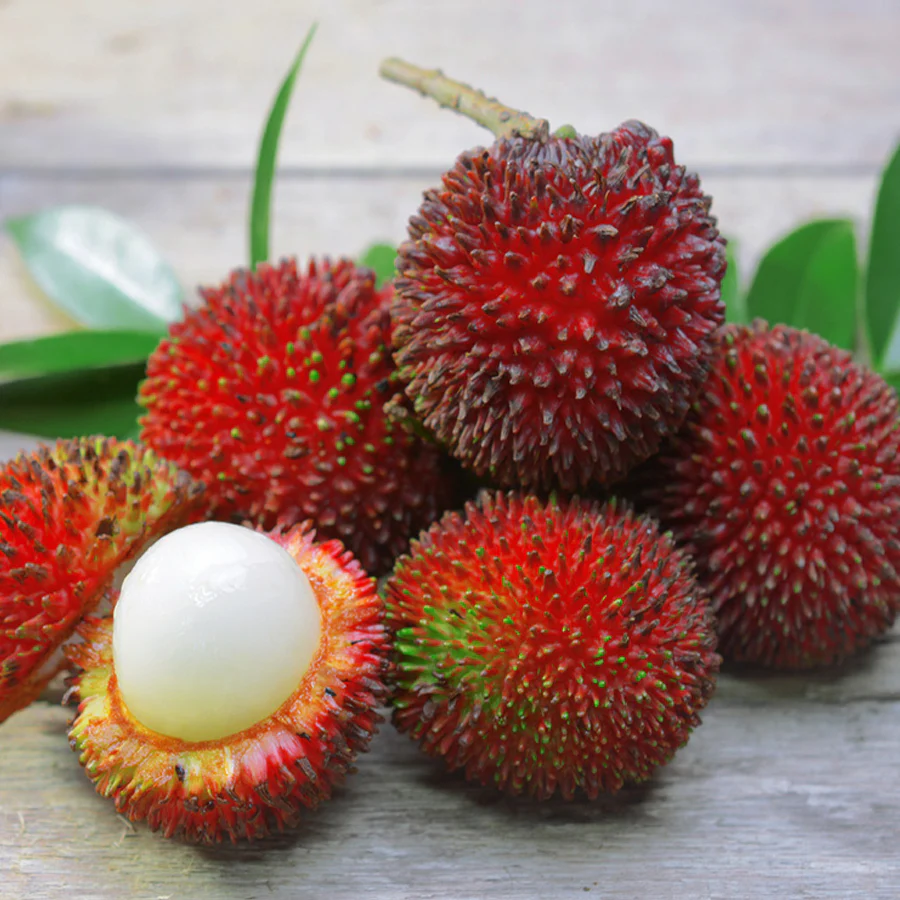
While Malaysia is the world leader, other countries also grow pulasan, though on a much smaller scale:
1. Indonesia
Pulasan is grown in parts of Sumatra and Java, usually alongside rambutan. The fruit is consumed locally and rarely exported.
2. Thailand
Thailand has started cultivating pulasan in some regions, especially in the south, but production is limited. Thai growers often focus more on longan and rambutan.
3. Philippines
In the Philippines, pulasan is grown in Mindanao and other southern regions. Like Indonesia, it’s primarily for local consumption.
4. Honduras and Costa Rica
Interestingly, pulasan was introduced to Central America and is grown on a small scale. Costa Rican varieties are gaining popularity in local fruit markets.
Challenges in Pulasan Production
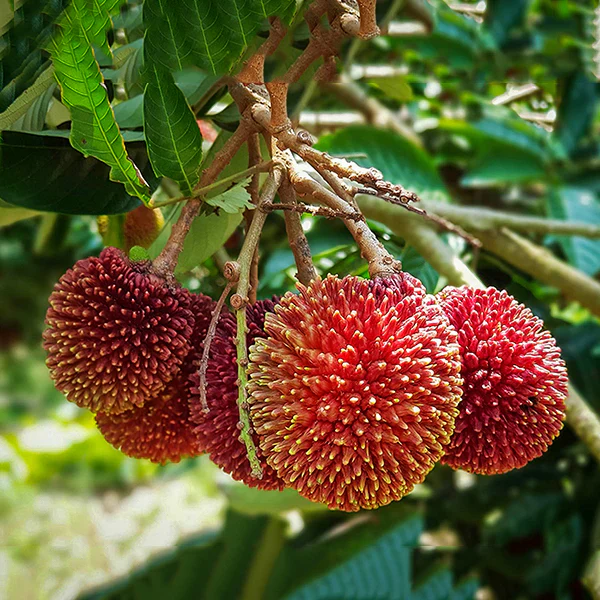
While pulasan has strong local appeal, several challenges prevent it from becoming a large-scale international crop:
- Short Shelf Life: Pulasan is highly perishable, making long-distance transport difficult without refrigeration.
- Lack of Global Awareness: Unlike rambutan or lychee, pulasan is not widely known outside Southeast Asia.
- Limited Commercial Plantations: Most orchards are small and not geared toward mass production.
- Research and Development: Compared to other fruits, there is limited research into disease resistance, yield improvement, and post-harvest technologies for pulasan.
The Future of Pulasan Farming in Malaysia
Despite these challenges, the future of pulasan farming in Malaysia is promising. There’s growing interest in rare and exotic fruits globally, especially among niche health and gourmet markets.
Here’s how Malaysia is planning to support pulasan’s future:
- Agrotourism Promotion: The Malaysian Ministry of Agriculture is encouraging farm tourism, showcasing unique fruits like pulasan.
- Export Trials: Efforts are underway to explore pulasan exports to neighboring countries with cold-chain solutions.
- Cultivar Development: Research institutions are working to develop new pulasan varieties with longer shelf life and higher yield.
- Organic Certification: Some orchards are pursuing organic certification to meet international demand for chemical-free produce.
With these efforts, pulasan could eventually follow in the footsteps of durian and rambutan to gain global popularity.
Conclusion
When it comes to pulasan production, Malaysia is undoubtedly the world leader. From small village orchards in Kedah to local markets in Johor, this delicious fruit is deeply embedded in the country’s agricultural and cultural landscape. While challenges exist—especially in terms of global reach—the growing interest in exotic fruits could open new doors for pulasan on the international stage.
As Malaysia continues to innovate and promote its native fruit treasures, pulasan stands ready to make a name for itself far beyond its tropical home. For now, if you’re looking for the sweetest, juiciest pulasan in the world—Malaysia is the place to be.

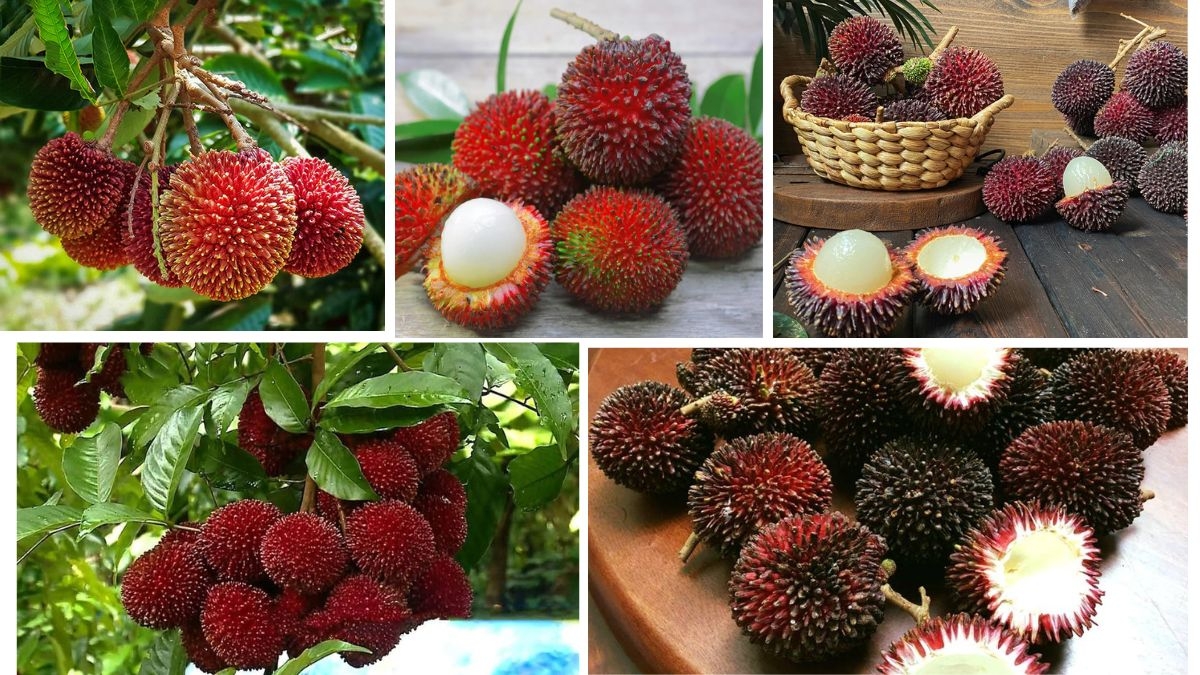

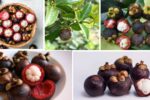
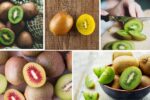
Leave A Comment